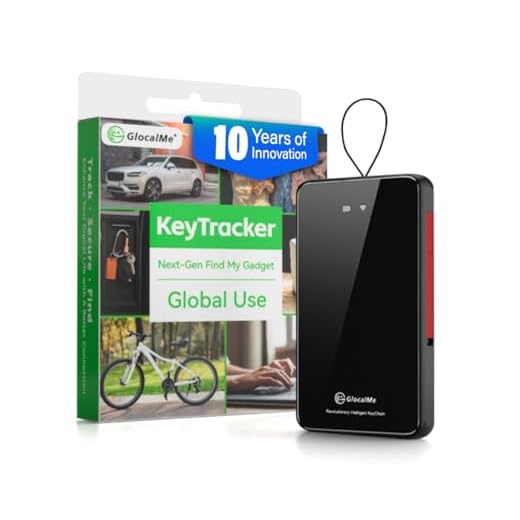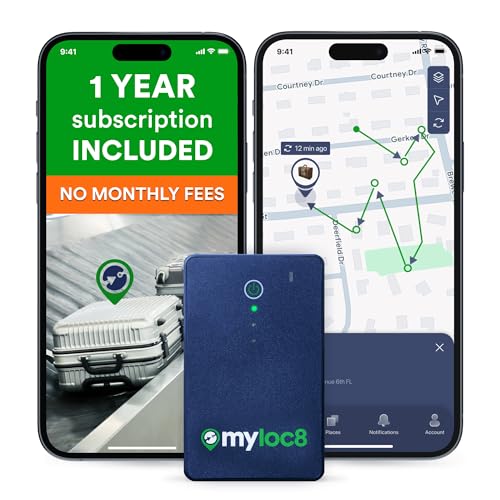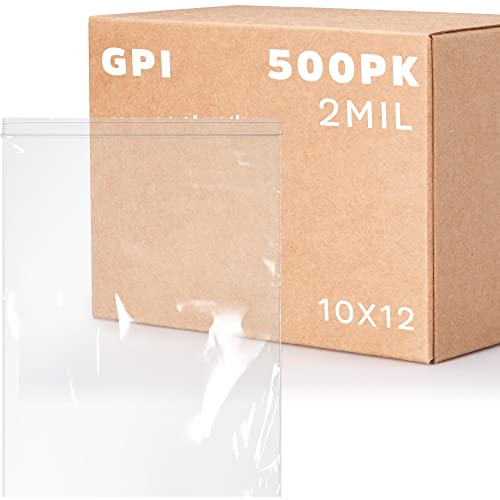



Report the situation immediately to your airline’s representative. Locate their baggage service desk, which is typically near the luggage claim area. Provide them with detailed information, including your flight number, destination, and descriptions of your items. This will expedite the process of locating your missing possessions.
Fill out a Property Irregularity Report (PIR). This document serves as an official record of the incident and is often required for follow-up claims. Keep a copy of this report, along with any receipts for delayed or lost items; these may be necessary for reimbursement.
Stay in touch with the airline continuously. Most carriers offer a tracking system online where you can check the status of your items. Follow up if you don’t receive updates within a reasonable timeframe. Patience is key, but persistence can also help accelerate resolution.
Review your travel insurance policy. If you possess coverage, familiarize yourself with its terms regarding missing items. This could facilitate compensation for your inconvenience, especially if essential items were packed.
Consider what was in your bag and whether any replacements are immediately necessary. Many terminals have shops that offer basic necessities. Being prepared can alleviate some stress during this unexpected situation.
Understanding Airline Policies on Lost Luggage
Immediately report any missing belongings to your carrier’s customer service desk, ideally within two to three hours of arrival. Airlines typically have specific timeframes in which claims must be filed, often ranging from 21 to 120 days depending on the airline and jurisdiction.
Familiarize yourself with the specified compensation limits. In many cases, the Montreal Convention sets a cap on financial liability for lost items. For international travel, this amount is approximately €1,400. Domestic flights may have varying limits governed by individual airline policies.
Document any expenses incurred due to missing items. Keep all receipts, as you may be entitled to reimbursement for clothing and toiletries purchased while waiting. Airlines may consider this reimbursement as part of their compensation process.
Review your travel insurance policy, if applicable. Many travel insurance plans offer additional coverage for delayed or destroyed possessions, exceeding what the airline is liable for. This could include out-of-pocket costs during the search for your property.
Communicate proactively with your airline regarding the status of your case. Regular follow-ups can expedite the process and ensure your claim is being addressed. Airlines often provide tracking tools or reference numbers to facilitate communication.
Immediate Steps to Take When You Realize Your Bag Is Missing
Contact the airline’s customer service desk as soon as you notice your suitcase is unaccounted for. Provide essential details including your flight number, destination, and a description of your item. Accurate information accelerates the recovery process.
Obtain a reference number for your report. This unique identifier simplifies future communications regarding the situation.
File a loss report. Ensure all necessary information is documented. Include details about the contents and any identifying features of the bag, such as color and brand.
Ask about compensation policies. Some carriers offer interim assistance for essential items until the situation is resolved.
Keep all receipts from any purchases made for necessities during this period, as they may be reimbursable.
Check your email for updates. Airlines often communicate via email regarding the status of your belongings.
Be proactive. Follow up with the airline if you do not hear back within the timeframe they provide, ensuring your case remains a priority.
Consider contacting your travel insurance provider. They may assist in covering costs related to the incident.
Finally, stay calm. Remaining composed allows for clearer communication and effective responses throughout the recovery process.
How to File a Lost Bag Report with the Airline
Immediately contact the airline’s baggage service desk, preferably at the baggage claim area. Provide specific details about your missing belongings, including flight number, description of your items, and any baggage claim tags you received. Make sure to keep a copy of your report.
Information to Include in Your Report
- Full name and contact details.
- Flight details, including departure and arrival cities.
- A detailed description of the missing bags, including color, size, brand, and any identifying features.
- Baggage claim ticket number.
- Any other relevant flight information, such as travel companions or connection flights.
Follow-Up Procedures
After submitting your report, request a reference number for future inquiries. Stay in touch with the airline’s baggage services department through their provided contact number or online tracking system. It’s advisable to keep a record of all communication related to your case.
Document any expenses incurred due to the absence of your belongings, as some airlines may offer reimbursement options.
Tracking Your Lost Luggage: Tips and Resources
Utilize a reliable best luggage tracking system to monitor your belongings’ whereabouts. Many modern bags feature built-in tracking technology, enabling you to locate them through your smartphone. This proactive approach reduces anxiety during your travels.
Stay in contact with the airline through their official app or website, which may offer live updates and tracking options for your checked goods. Make sure to provide any identifying information, such as the bag tag number or a description that makes recognition easier.
Consider using social media to check for updates. Airlines often post information regarding delays or mishaps on their platforms. Engaging with the airline’s customer service team through these channels can sometimes expedite the recovery process.
For future trips, attach visible tags or customized identifiers to your bags. This minimizes confusion and increases the chances that airport staff can quickly determine ownership. Lastly, remember to keep receipts from any purchases made in relation to the unfortunate event, as insurance might cover certain expenses during retrieval.
Compensation and Reimbursement for Missing Bags
Claim compensation from the airline for items not received, often referred to as delayed or mishandled baggage. Familiarize yourself with the airline’s policies, as they vary significantly. Many carriers offer stipends for immediate necessities, and reimbursement can occur for lost items after a certain period.
Types of Compensation
There are two main forms of compensation:
| Type | Description |
|---|---|
| Interim Expenses | Costs incurred for essential items such as toiletries and clothing while waiting. |
| Lost Item Reimbursement | Claim for valuable belongings confirmed as lost after a specified time frame. |
How to Maximize Your Claim
To increase the chances of receiving full compensation, keep receipts for any purchases made due to lack of belongings. Document all communications with the airline, including names and times. Understanding your rights, based on the jurisdiction and international conventions, can also bolster your case.
Preventative Measures to Avoid Losing Your Luggage in the Future
Label each bag with your name, phone number, and email address. Use both a visible tag and a hidden one inside to ensure identification in any situation.
Select brightly colored or uniquely patterned bags to enhance visibility, making it easier to spot them on the carousel.
Always check in early to reduce the risk of rushing, which can lead to mishandling or missed connections. Aim for at least two hours prior to domestic flights and three hours for international trips.
Consider using a GPS tracker or Bluetooth device attached to your bags for real-time monitoring and peace of mind.
Avoid checking valuables and essential items; instead, carry them in your personal item. Keep necessary documents, medications, and electronic devices within reach.
Review the airline’s policy on baggage handling and follow their recommendations for packing and labeling.
Take photos of your belongings and bags before traveling, providing a visual record for both personal use and potential claims.
Opt for direct flights whenever possible to reduce the likelihood of mishaps between connecting flights.
Be proactive at check-in; ensure that your destination tags are correctly attached and verify your bag’s routing before departure.
Stay organized by keeping travel itineraries, receipts, and other important information in a designated folder for easy access.







